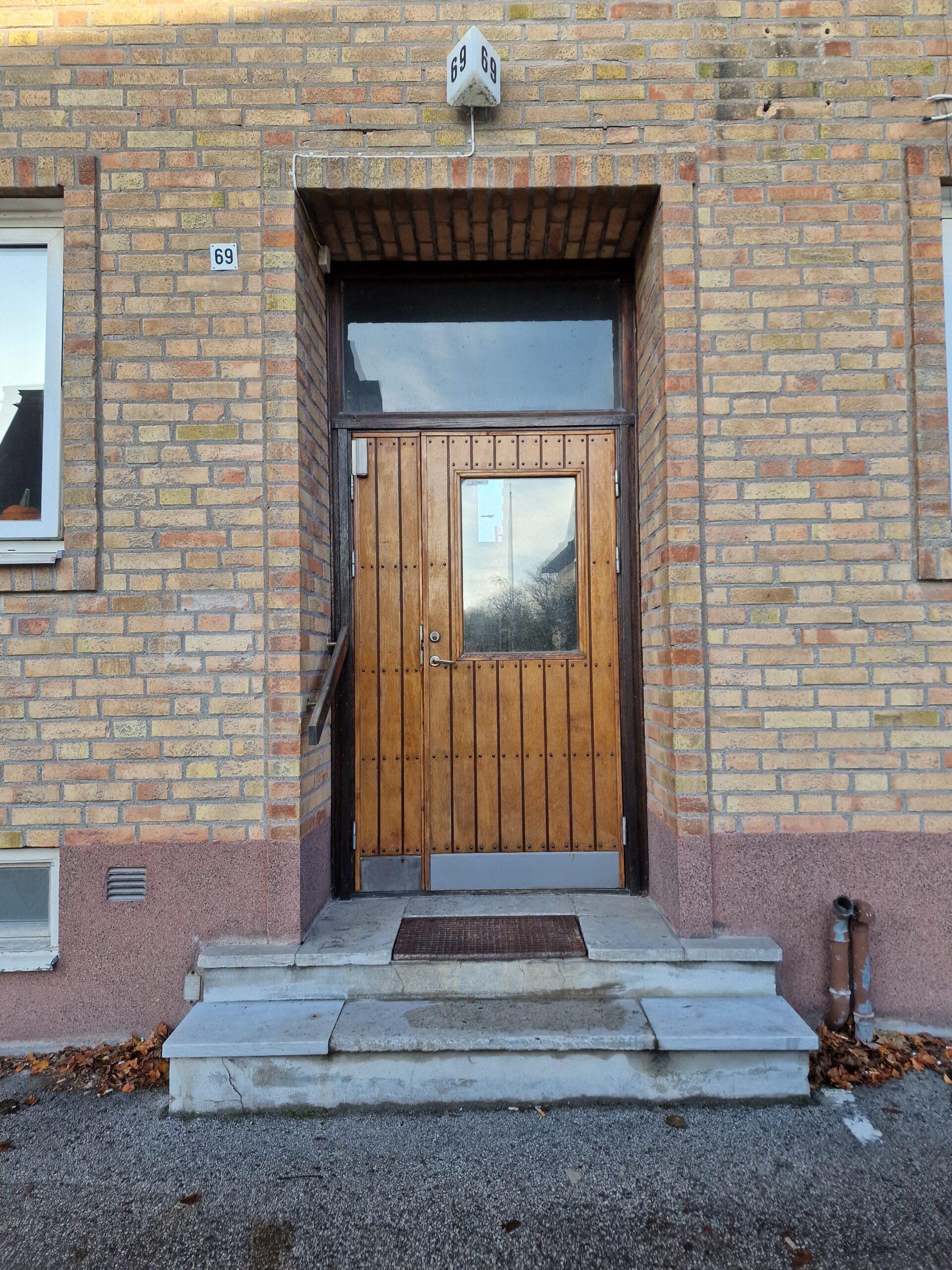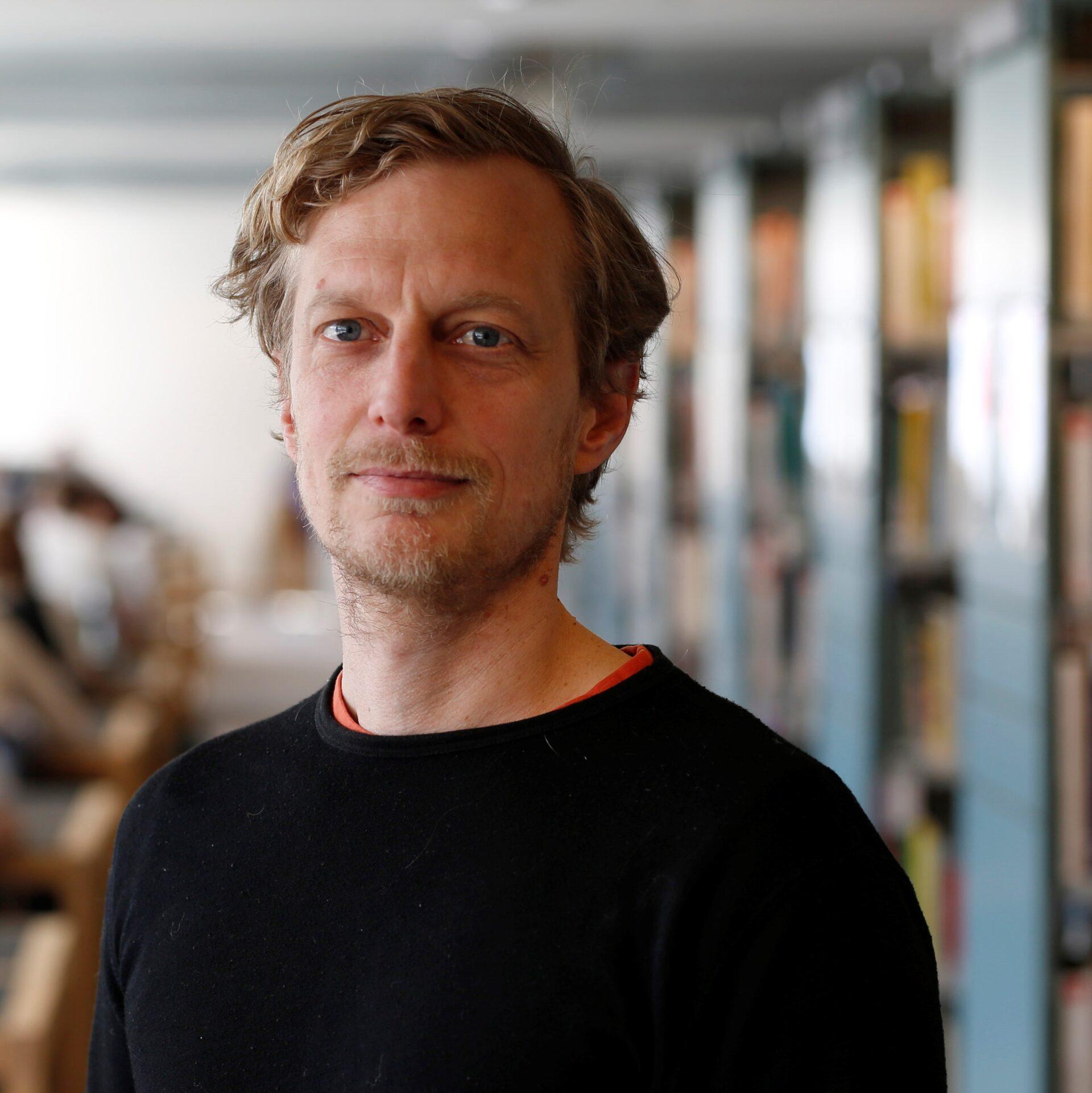
Cross-sectoral collaboration to balance heritage values and energy retrofit in multi-family buildings 1930-1975
The project aims to develop a process in which trade-offs between preservation and energy efficiency are made in a structured way, and where stakeholders with different interests work together to reach well-founded decisions.
PROJECT INFORMATION
Timeline
October 2025 – April 2028
Total cost of project
2 937 805 SEK
Swedish Energy Agency’s project number
P2024-04066
Coordinator
Uppsala University
Participants
Uppsala University, Gotlandshem, Region Gotland, Gotland Museum
Project manager and contact
Gustaf Erik Leijonhufvud: gustaf.erik.leijonhufvud@uu.se

Multi-family buildings constructed during modernism (circa 1930-1975) account for a significant share of energy use in the building stock and are in need of renovation for several reasons. At the same time, there are considerable heritage values in this stock of buildings, which require that changes be carried out with care and adapted to the values present in each individual building.
The public housing sector, which manages a large share of modernist multi-family buldings, faces numerous demands and often operates under considerable financial pressure. Preservation of heritage values is likely to rank low on the long list of societal requirements. Typically, it is the technical renovation needs that trigger a renovation project. Thus, the techno-economic perspective tends to be the driving force, while the heritage perspective is often postponed and perceived as limiting the scope for action.
The experience of Gotlandshem, Region Gotland, and Gotlands Museum shows that, when projects are stopped or delayed due to heritage considerations at a late stage of the process, all parties lose. A central question is therefore how to work in the early phases to balance interests in collaboration with representatives of the different perspectives.
The core idea of this project is to use the European standard EN 16883:2017 to identify packages of energy efficiency measures for buildings in Gotlandshem’s stock from the modernist period. Through interdisciplinary dialogue among different stakeholders, measures can be identified and analyzed for individual buildings, as well as the consequences for and the trade-offs that can be made at the stock level. The project will result in guidelines for planning energy-efficient renovations of modernist multi-family housing. The project partner Gotlandshem, as well as similar housing companies, will benefit from the results, which are expected to lead to an updated way of working and the development of the existing business model.
The photo shows an entrance door to a multi-family building in the block Speculationen in Slite, between 1954 and 1957 as a combined residential and municipal administration building. Adding external insulation or replacing the entrance door here may be difficult, or even impossible, to carry out in a careful and considerate manner.
Photo: Carl Ragnerstam, Gotland Museum.